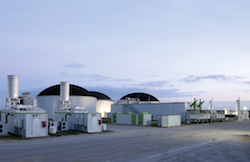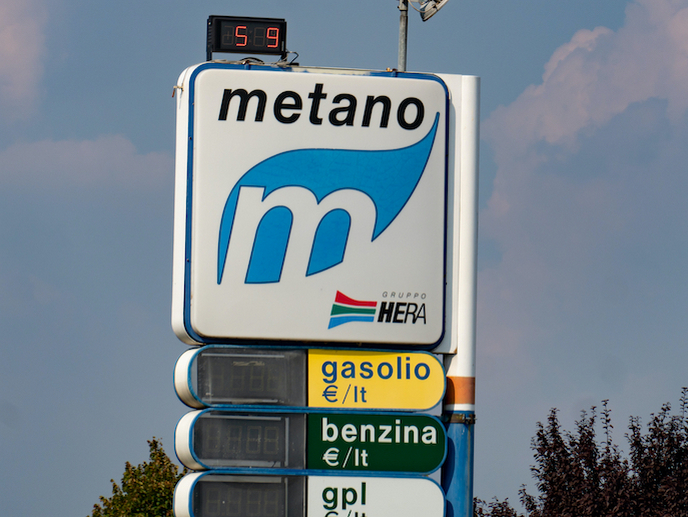Working towards a common European biomethane market
Biomethane is a naturally occurring gas derived from fresh organic matter and is considered a good source of renewable energy, available worldwide. It is also considered a credible green alternative to fossil fuels, its production removing much of the toxic gases that would otherwise be released into the atmosphere through the processes of organic decay. Recognising biomethane’s potential for a range of energy needs, several European countries have established national biomethane registries to audit producers and make sure that the injected volumes are properly documented. The EU-funded BIOSURF project has extended this administrative solution to the whole of Europe, enabling cross-border movements of biomethane through the European natural gas infrastructure. Assessing economic and ecological impact BIOSURF conducted national and international studies of feedstocks available for biogas and biomethane production. The project looked at the potential of starch-rich crops, animal waste, other organic waste materials, residues and catch crops, across Austria, France, Germany, Hungary, Italy and the UK. They found the most suitable feedstock for increased usage as biogas/biomethane to be starch-rich crops (except in France), animal excrement and straw. The team investigated the impact of current, as well as potential, pathways for these feedstocks. The work traced the value chain from production to use, based on the territorial, physical and economic features of different areas of use such as biofuel for transport, electricity generation, heating and cooling. Crucially, the project also compared and promoted biomethane registration, labelling, certification and cross border trade practices in Europe, to facilitate cooperation among the partner countries involved. Effective cross-border collaboration could help realise the vision of the project to see biomethane produced on a big Romanian animal farm used as renewable fuel in buses in the Netherlands. For this to happen a network of national biomethane registries performing the administrative tasks needs to be established, alongside use of the current natural gas network for biomethane distribution to consumers. Optimising traceability, environmental criteria and quality standards The sustainability of large-scale bioenergy production has been called into question from some quarters with the charge that it results in intensified agricultural production, monocultures, inefficient biomass conversion processes and land use changes that negate positive environmental effects. To guard against this, the EU Renewable Energy Directive (RED), introduced sustainability criteria stating that until 2018, biofuels and bioliquids have to save at least 60 % more in greenhouse gas emissions (GHGs) compared to fossil fuel sources. As the project coordinator, Mr Stefano Proietti, explains, “Calculating GHG emissions for biomethane is problematic, so to avoid uncertainties, BIOSURF proposed a calculation that is compliant with both the RED framework as well as the EU Emissions Trading Scheme (ETS).” In its efforts to increase the cost-effectiveness of biomethane, BIOSURF analysed how the CO2 certificate mechanism, created to increase transparency about emissions, could help close the gap between the costs of producing biomethane and fossil fuels such as natural gas. Additionally, because using slurry/manure for biomethane production can significantly reduce emissions, the project looked at how emission savings in the agricultural sector could be monetised within the EU ETS through its system of emissions quotas and permits that polluters could buy and sell. By quantifying biomethane’s emissions reductions and weighing this against its production costs and sustainability, the project sets out a better understanding of how to encourage its use. As Mr Proietti summarises, “BIOSURF’s work to register and certify biomethane, should soon make it possible to produce and distribute it to consumers anywhere in Europe by means of the natural gas network leading to a healthier, cleaner and more sustainable Europe.” Towards this ambition, the project compiled a list of policy recommendations that could improve the sustainability of raw material supplies, the use of biogenic waste, and the biomethane trade overall. It has also begun developing a biomethane marketplace that, to date, encompasses Austria, France and Italy.
Keywords
BIOSURF, biomethane, biogas, energy, emissions, green house gasses, climate change, fossil fuels, registration, certification, renewable, feedstocks







